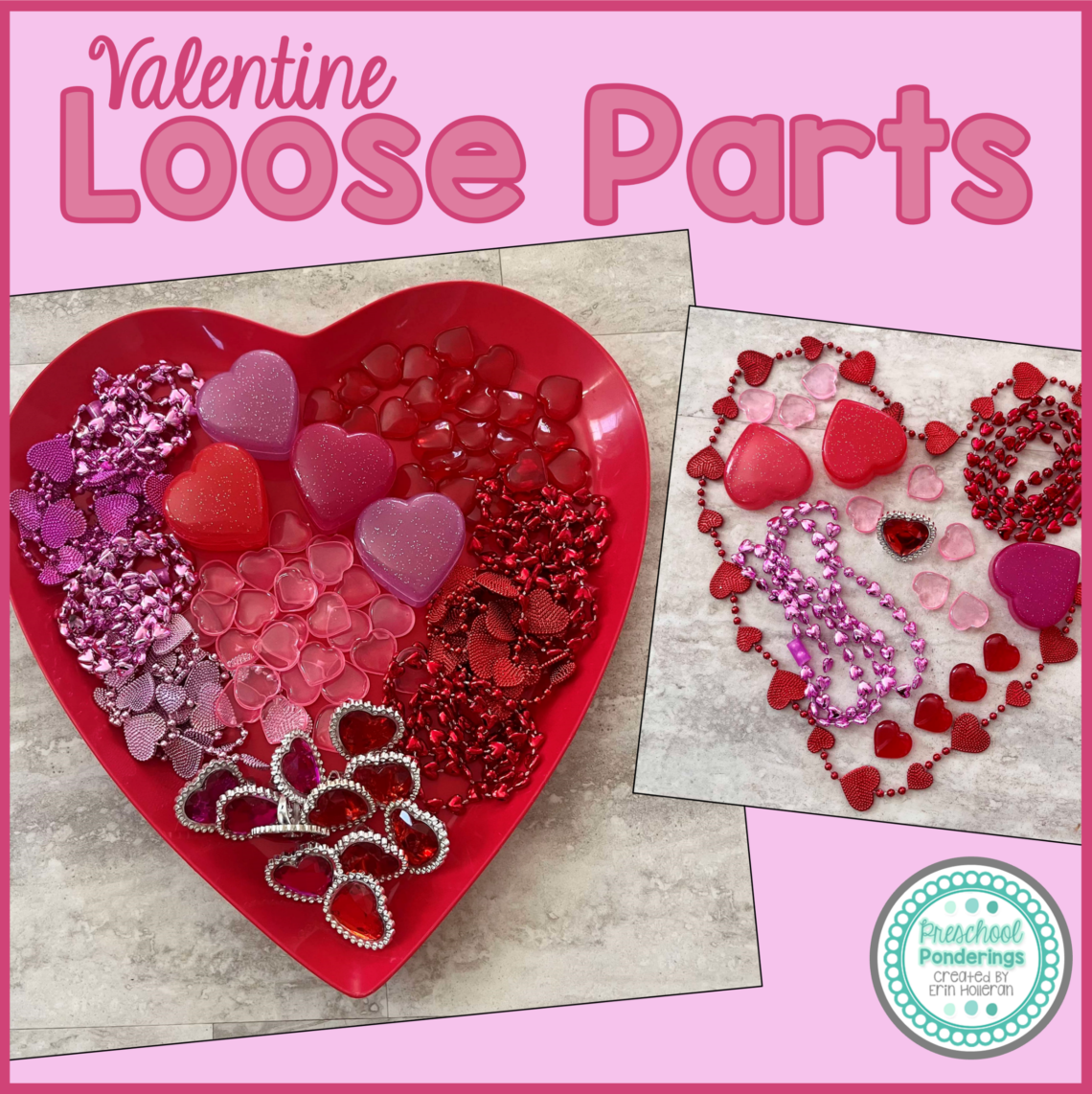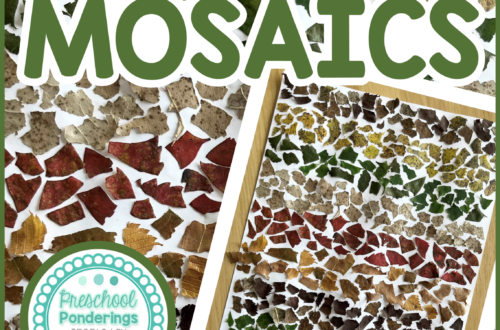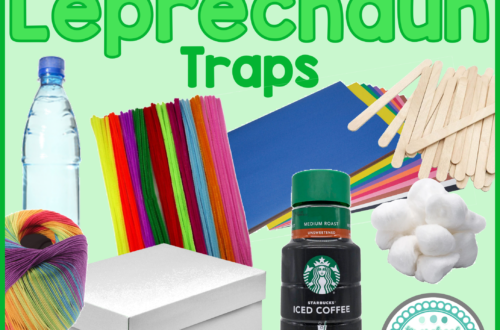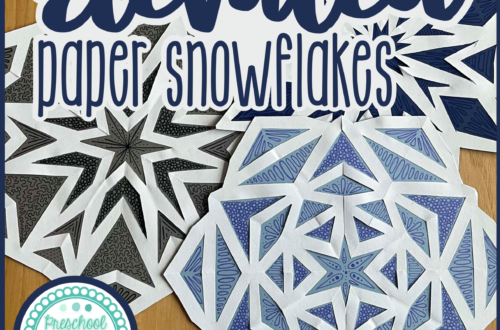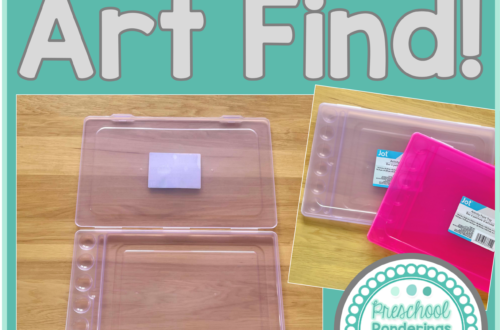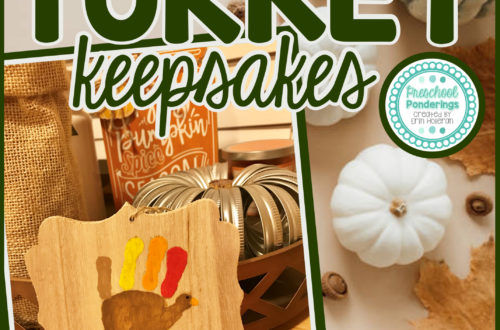loose parts
-
Loose Parts for Valentine’s Day
There’s something about tiny little pieces of pretty much anything that little ones just can’t resist – and I’m here for it because it keeps their attention forever! When it comes to Valentine’s day, I dive all the way into the red, pink, and glittery. Here are some of the loose parts that I love for a Valentine provocation: I put them all on a heart tray, and that helped make them even more enticing – don’t you want to play with all of this?! Here are some of the beautiful images that we created with these pieces – After I made a heart with a necklace that became the…
-
Teaching Children to Use Loose Parts
When you incorporate loose parts into your classroom for the first time, there is bound to be a learning curve. You’ll have to teach the children appropriate ways to use the Marian’s, and model how to be creative with them. Many of your children may not be familiar with open-ended materials like these and they may not choose to use them simply because they aren’t sure how. Here are some tips for teaching children to use these types of materials; Incorporate them slowly – start with one or two different types of loose parts that you use for planned activities, then leave these in the classroom for children to explore.…
-
Storing and Organizing Loose Parts
Organizing all of those loose parts is important because they are usually smaller objects. If you don’t keep on top of that organization you can easily have a great big mess of loose parts. Here are some of the strategies that I’ve used to keep my loose parts organized; Bins with drawers – these are perfect because you can choose the size of drawer that works best for the items you need to store Tubs with lids – when I buy tubs with lids I’m very intentional to purchase the ones that my materials will fit in best. Storage space is a hot commodity and I hate to waste it…
-
Where to find loose parts
As preschool teachers, it’s in our nature to hold onto things. We just can’t help it, we might be able to use that for something! I know how deep this runs, I’ve been out of the classroom for almost two years now and I still have a collection of empty containers in one of the cabinets in my office – they might come in handy one day! Collecting loose parts plays to this piece of our “hold onto that” mentality. The most difficult thing about loose parts is that you often need a fair amount of whatever item you want to use. You need enough that the children can actually…
-
Loose Parts Inspiration
I am a huge fan of loose parts for a couple of reasons; They encourage creativity – if you give five children a basket of pebbles, a bucket of twigs, and a collection of old keys they will all find different ways to use the items. They are easy to gather – loose parts are usually natural or recycled. They won’t cost you a lot of money and often the children can be involved in collecting them, which motivates them to explore these items after they’ve been gathered. They fit into so many different centers – use your loose parts as counters in your math center, materials for exploring weight/volume/mass…
-
Recycled loose parts
I’m used to using loose parts in the classroom, I love them. I’m known for using recycled materials in the classroom, really, what preschool teacher isn’t? Another thing that I just might be notorious for – I cannot throw away craft materials, I just can’t do it. These facts make the project that I’m currently working on the ideal project for me. I had a ton of strips of scrapbook paper left from another project, and I had pinned this photo awhile back: What an awesome idea! I thought that I could roll up the paper and my students could create with it. I started rolling, taping each new addition…
